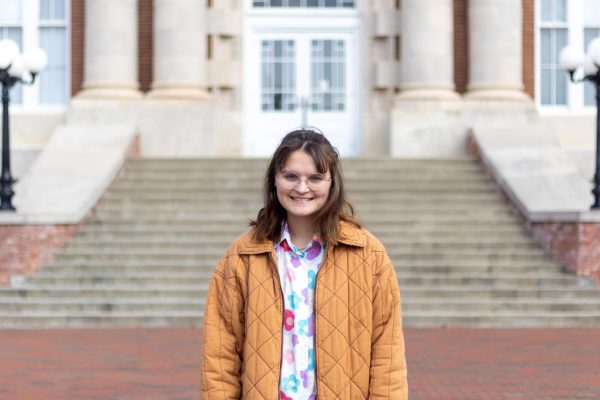Mississippi State University’s College of Architecture, Art and Design (CAAD) is undergoing a $50 million set of renovations with developments focused around Howell Hall.
These changes aim to enhance CAAD’s infrastructure, foster a more cohesive environment and improve the overall experience for students and faculty. The changes include a complete renovation of Howell Hall, which currently houses the Department of Building Construction Science.
Angi Bourgeois, who serves as dean of the College of Architecture, Art and Design, said that these changes are bringing the college together more than ever.
“This is a program-altering opportunity for the three units being given new and upgraded space,” Bourgeois said of the architecture, construction and interior design programs. “This will be the first time that the very, very interconnected departments within our college will be physically within proximity.”
While the dates remain unclear, Howell Hall’s construction is expected to start by the end of this year and be completed in 2026. The renovations will begin after the completion of the Bost Drive expansion. When completed, this expansion will connect Barr Avenue to Bailey Howell Drive and replace the portion of College View Drive between Giles Hall, Howell Hall and McArthur Hall.
In addition to the renovations, an extension is being built on the south wing of Howell Hall. The only sections of the building remaining the same will be the historic exterior. Many indoor components, including the ceramics and photography labs, the light room and the administrative offices, will see updates to reflect the modernity of the programs housed inside. Bourgeois said that the renovations will be extensive.
“It will retain historic characteristics with added technologies,” Bourgeois said. “Everything will be touched.”
The programs housed in Howell Hall will be temporarily moved to the currently vacant Hunter Henry Center during renovations. Small renovations will also be made to the Hunter Henry Center to make it a viable temporary workspace for CAAD.
Additionally, a courtyard will be built between Giles Hall and Howell Hall. Executive Director of Campus Services Saunders Ramsey said the goal is to make CAAD feel like a miniature art district.
“I think it ties really nicely with the Cotton District and the energy that they have in the city,” Ramsey said, “so I’m really excited about this connection of this creative district all the way back into the city.”
Funding for the project comes from state bonds allocated by the Mississippi Legislature. Les Potts, the interim vice president of the Division of Finance and Administration, said the project has taken a long time to develop.
“It has been contemplated and planned for over several years,” Potts said. “A lot of these capital projects, they take a lot longer than one would realize to plan and then execute.”
Bourgeois explained that many of the buildings in CAAD are in great need of this expansion.
“It’s a wonderful testament to the support that the university has given to the college to expand its footprint to create the most state-of-art programs,” Bourgeois said. “We are very excited.”







